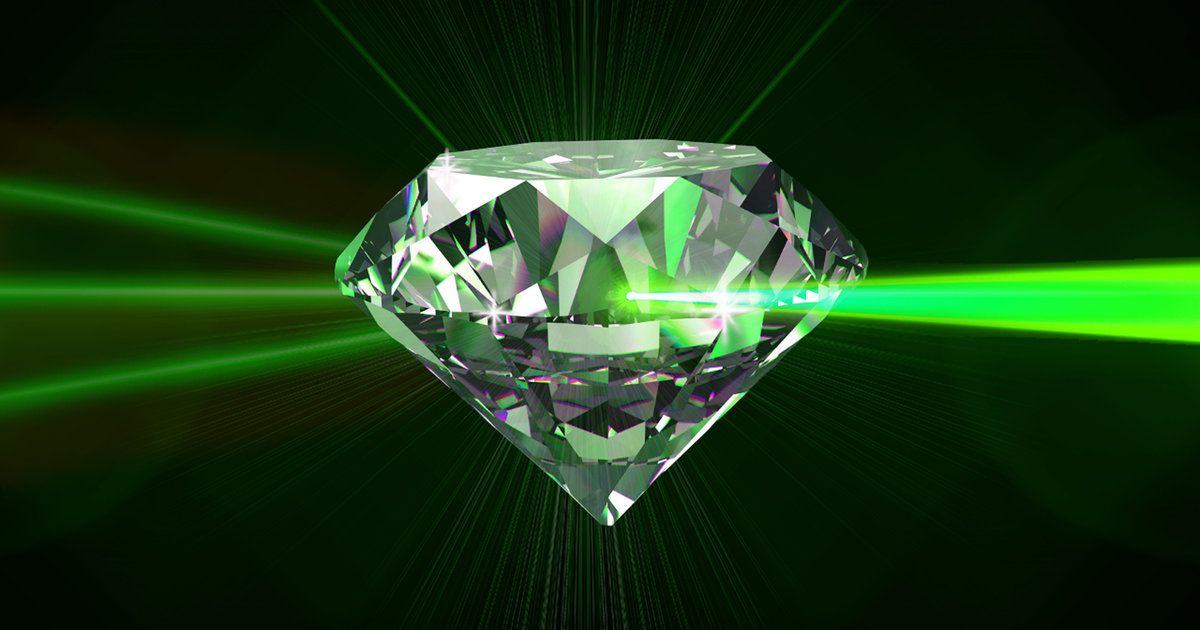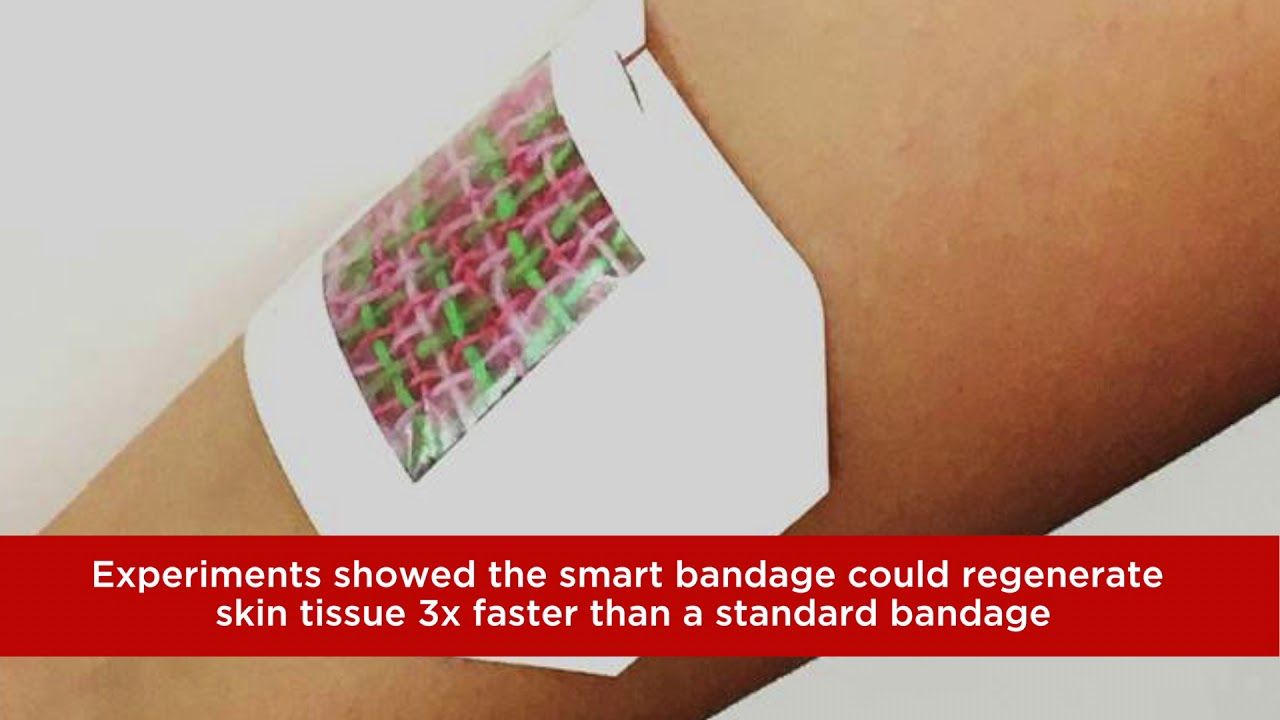Watch Lasers Are Great, But Diamond Superlasers Are Better, Here’s Why, a Tech video from Seeker.
Have you ever had the perfect photo ruined by someone with their eyes closed in the shot? You could fix the problem with a bit of cloning from an alternate shot using a photo editing app—but Adobe is making the process much easier in the new 2018 version of Photoshop Elements with a dedicated ‘Open Closed Eyes’ feature.
You can spend an entire career using Photoshop and still not master the software’s every last feature, but that complexity can be intimidating to the millions of amateur photographers born from the advent of affordable digital-SLRs, and even smartphones. That’s where Photoshop Elements comes in. It’s a lighter version of Photoshop with training wheels that simplifies many popular photo editing techniques. A better way to describe it might be as a version of Photoshop your parents could stumble their way through with minimal phone calls to you.
Astronomers re-examined data from NASA’s Odyssey spacecraft and found evidence of water from a region in the Martian equator. While the discovery is surprising, it’s definitely a welcome one. Water on Mars can help future exploration missions.
It’s long been known that Mars had large bodies of water some millions of years ago. Traces of these ancient Martian lakes and oceans have been found in recent years, thanks to information provided by probes and landers, like NASA’s Curiosity rover and the Odyssey spacecraft that currently orbits the red planet. Now, a team of astronomers from the Applied Physics Laboratory (APL) of Johns Hopkins University found large deposits of what could be permafrost ice in the most unlikeliest of places on the Martian surface.
This Northern Hemisphere summer, researchers spent two months collecting samples from a submerged landmass known as Zealandia.
As a result, we could gain new insight into everything from ancient life forms to climate change.
Tens of millions of years ago, a landmass that’s being referred to as Zealandia was largely submerged beneath the Pacific Ocean. This summer, a team of scientists set out on an underwater expedition using an advanced research vessel, and the results might yield brand-new insight into Earth’s prehistory.
Researchers from the University of Nebraska-Lincoln, Harvard Medical School and MIT have designed a smart bandage that could eventually heal chronic wounds or battlefield injuries with every fiber of its being.
The bandage consists of electrically conductive fibers coated in a gel that can be individually loaded with infection-fighting antibiotics, tissue-regenerating growth factors, painkillers or other medications.
A microcontroller no larger than a postage stamp, which could be triggered by a smartphone or other wireless device, sends small amounts of voltage through a chosen fiber. That voltage heats the fiber and its hydrogel, releasing whatever cargo it contains.









